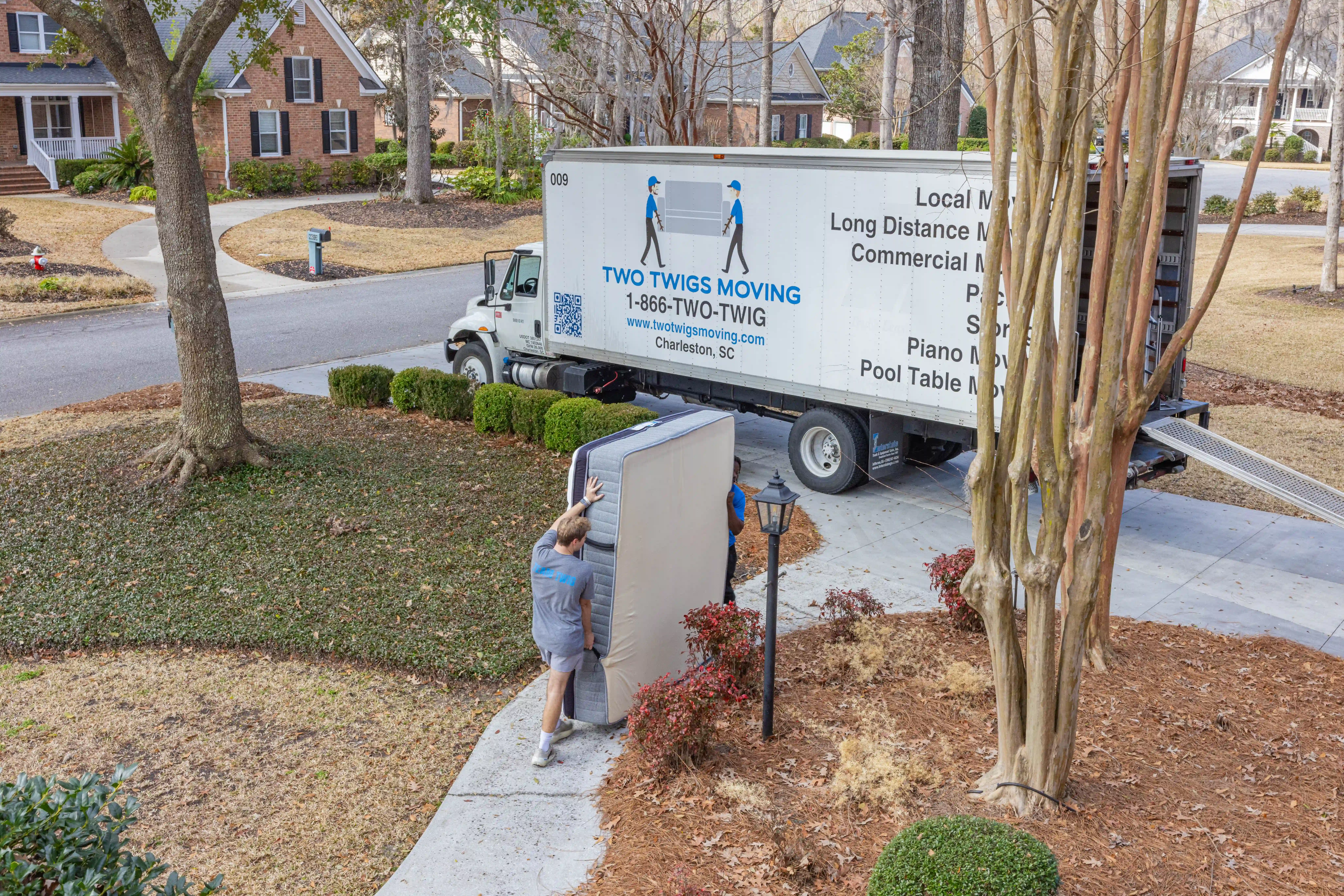Moving to a new home is an exciting but often costly process. To ensure you manage your finances effectively and avoid overspending, it’s crucial to create a moving budget and stick to it. Here’s a comprehensive guide to help you plan and manage your moving expenses.
1. Estimate Your Moving Costs
Start by estimating the total cost of your move. Consider the following expenses:
- Moving Company Fees: Obtain quotes from multiple moving companies. These may include costs for packing, loading, transportation, unloading, and unpacking. Choose between binding or non-binding estimates to understand how costs might vary.
- DIY Moving Costs: If you plan to move yourself, factor in costs for renting a moving truck, purchasing packing materials (boxes, bubble wrap, packing tape), and gas.
- Additional Services: If you require additional services such as packing assistance, storage, or specialized handling for items like pianos or antiques, include these in your budget.
- Insurance: Consider purchasing moving insurance or valuation coverage to protect your belongings. Review the different types of coverage and their costs.
- Deposits and Fees: Account for any deposits or fees required by the moving company or rental agencies. Some companies may charge for booking in advance or have cancellation fees.
2. Break Down Your Budget
Create a detailed budget by breaking down your moving expenses into categories. This helps you understand where your money is going and identify areas where you might save. Typical categories include:
- Moving Company Costs: Base rate, additional services, insurance.
- Packing Supplies: Boxes, packing paper, bubble wrap, tape.
- Truck Rental: Rental fee, gas, mileage.
- Professional Services: Packing, unpacking, cleaning.
- Miscellaneous Expenses: Meals, lodging (if moving long-distance), and any unexpected costs.
3. Track Your Expenses
Keep track of all your moving expenses to ensure you stay within your budget. Use a spreadsheet, budgeting app, or simply write down your costs as they occur. Tracking your spending helps you identify any discrepancies and adjust your budget as needed.
4. Find Ways to Save
There are several ways to cut costs during your move:
- Declutter: Reduce the number of items you need to move by selling, donating, or discarding unwanted items. This can lower moving costs and make packing easier.
- Use Free Packing Materials: Collect free boxes from local stores, use old newspapers for packing, and repurpose household items for cushioning.
- Move During Off-Peak Times: If possible, schedule your move during the off-peak season or mid-week. Rates for moving services are often lower during these times.
- Compare Quotes: Obtain and compare quotes from multiple moving companies to find the best rate. Be sure to compare the services included in each quote.
- Do It Yourself: Consider handling some tasks yourself, such as packing and loading, to save on labor costs. However, be realistic about your ability to manage the move on your own.
5. Plan for Unexpected Expenses
Include a contingency fund in your budget for unexpected expenses. It’s wise to set aside an extra 10-15% of your estimated moving costs to cover any surprises that may arise during the process.
6. Review and Adjust
Regularly review your budget and adjust as needed. If you find that you’re exceeding your budget in certain areas, look for ways to cut costs or reallocate funds. Flexibility is key to managing your budget effectively.
7. Finalize and Reconcile
After your move, reconcile your expenses by comparing your actual spending to your budget. This helps you understand where you were accurate and where you might need to adjust your budgeting approach for future moves.
Conclusion
Creating and sticking to a moving budget requires careful planning and monitoring. By estimating costs, tracking expenses, and finding ways to save, you can manage your finances effectively and make your move less stressful. A well-prepared budget ensures that you stay within your financial limits and enjoy a smooth transition to your new home.


.svg)


